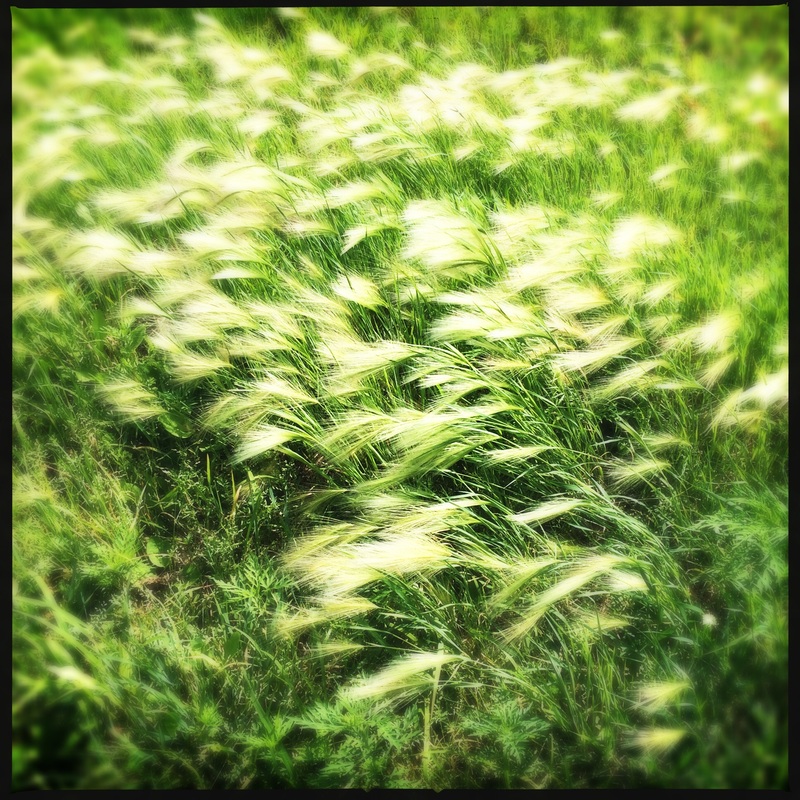Critical Memoir: A Recovery From Codes
Sarah Heston
1.1
|
Memoir studies, which includes the fields of autobiographical studies, creative nonfiction, and the vast number of popular reviews of memoir written by journalists and creative writers, has long had a contentious relationship with the field of critical theory. But this exclusion is mutual: While many critical theorists have produced autobiographical writing of their own and have written extensively on canonical autobiographical texts, memoir studies, especially autobiographical studies, has consistently rejected theory, especially deconstruction.
Click here to continue reading. |
The Joke's On Me: The Role of Self-Deprecating Humor in Personal Narrative
Andy Harper
1.1
|
Much of the personal nonfiction genre is characterized by a search for truth, and both honesty and confession must be employed along the way. To do so, the nonfiction writer often employs such literary devices as plot, setting, and characterization that are often considered the realm of fiction. At the heart of this endeavor is humor: no literary component demands reader engagement in quite the same way. Humor initiates a conversation and establishes a relationship with the reader. Writers like David Sedaris and E. B. White use laughter to draw their audiences in and keep them hooked, often delivering the deeper message of their writing when the reader is least expecting it. Not all writing that incorporates humor is necessarily humor writing; the primary focus of humor writing is entertainment. Click here to continue reading.
|
Our Queer Little Hybrid Thing
Ned Stuckey-French
1.1
|
The essay has also gotten lost under the big tent of terms like literary journalism, new journalism, literary nonfiction, and more recently, creative nonfiction. All of these catchalls are problematic. They lump the essay in with things that it is not and in so doing make an already sprawling genre seem bigger than it really is. Here the adjectives serve not so much to stake out small claims as to pump up that poor, scribbled thing that journalism is said to be, or clarify and legitimize the vast wasteland that has been locked outside the fiction corral by the non-definer that is non-. Click here to continue reading.
|
John McCarten’s ‘Irish Sketches’:
The New Yorker’s ‘Other Ireland’ in the Early Years of the Troubles, 1968-1974
Brian Nerney
1.1
|
By choosing to largely ignore the Troubles and by focusing on topics that he thought interesting and significant, McCarten chose to write about what he knew best and what he appreciated most. But, by ignoring the near civil war in Ireland, he placed his “Irish Sketches” in a category that meant William Shawn needed to complement them with Kramer’s “Letters” in order to parallel the news coming out of Ireland and to give New Yorker readers a fair, accurate and balanced picture of what was happening in Ireland during the late 1960s and early 1970s. Click here to continue reading.
|
Where Memory Fails, Writing Prevails:
Using the Fallacies of Memory to Create Effective Memoir
Wendy Fontaine
1.1
|
If the neuroscience is correct and human beings are biologically prone to manipulating their experiences in order to create and recall memories, then what is the value of memoir and how does this information fit into the ways writers conceive the genre? One might ask, if memory is intrinsically prone to distortion, then why not simply refer to all memoir as fiction?—but such a question is overly simplistic and not conducive to substantive discussions of memoir as study into the genre itself progresses. Sometimes the truth of memory lies not in its reality but in its distortion, which is something that expert memoirists have discovered and used to express the meaning of their experiences, and with this research into the brain functions of memory, we have new ways to understand the stories we shape into memoir. The effect of this neuroscientific research on how memories are created and how they deteriorate has profound implications for how memoirists come to understand the stories that shape their lives. Click here to continue reading.
|
The Idle Hours of Charles Doss, or The Essay As Freedom and Leisure
Scott Russell Morris
1.1
|
E.B White has said that “the essayist is a self-liberated man,” (104) but for Charles Doss this was only literally true once, when, in August of 1974, he escaped from the Arizona prison where he awaited his pending execution, punishment for emptying the contents of his revolver into the back of a fellow student during college registration. Click here to continue reading.
|






